In fact, UIKit has already configured how Toolbar and Tabbar change in the page switching animation.
I also have this situation with you today, and the final solution surprised me.
For example, page A to page B, page A displays Tabbar, not Toolbar, page B does not display Toolbar, and does not display Tabbar.
At this time, B needs to set hidesBottomBarWhenPushed to true, which is necessary.
Then, in the declaration cycle of the two ViewControllers, in the viewWillDisappear of A and the viewWillAppear of B, if you set the navigation controller setToolbarHidden, this animation problem will occur.
If you set it in viewDidDisappear of A and viewDidAppear of B, the problem is solved. Although the toolbar will have a delayed animation, it is always better than the wrong animation.
Finally add:
The order of A and B life cycle function calls is:
- A - viewWillDisappear
- B - viewWillAppear
- A - viewDidDisappear
- B - viewDidAppear
These four methods are interleaved.
